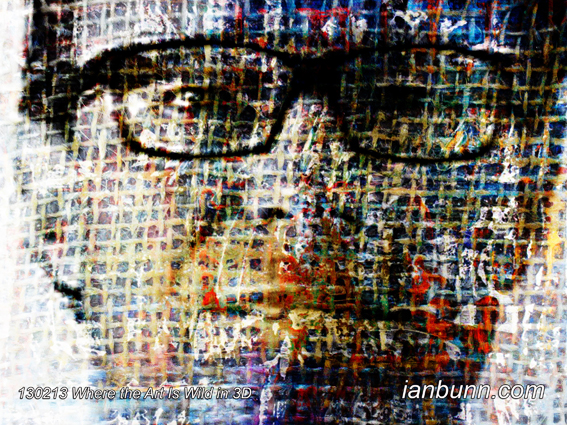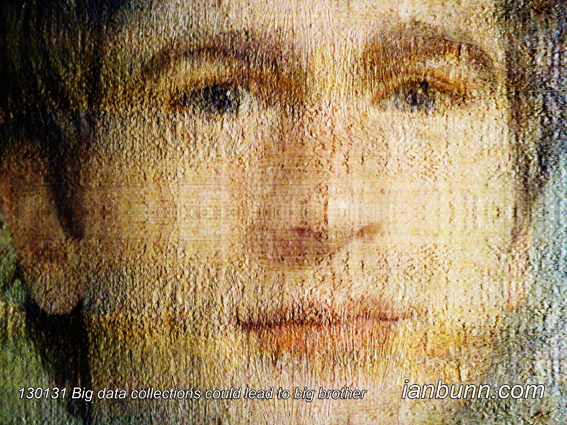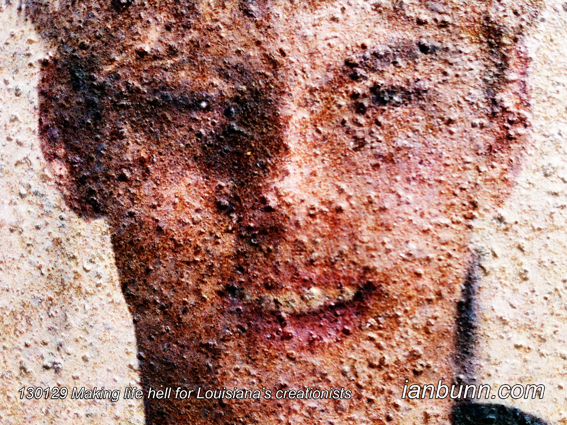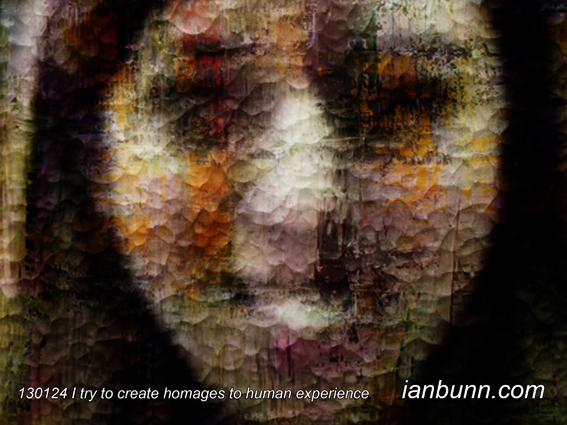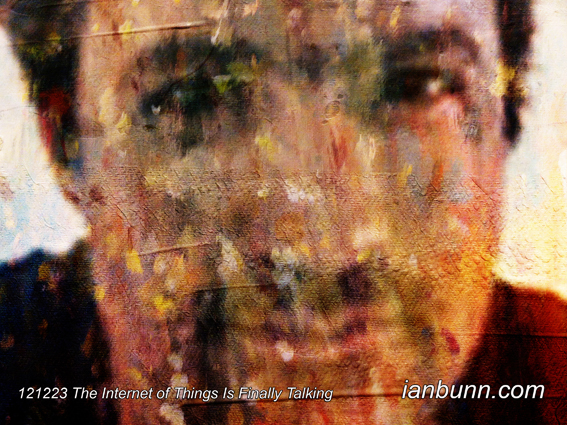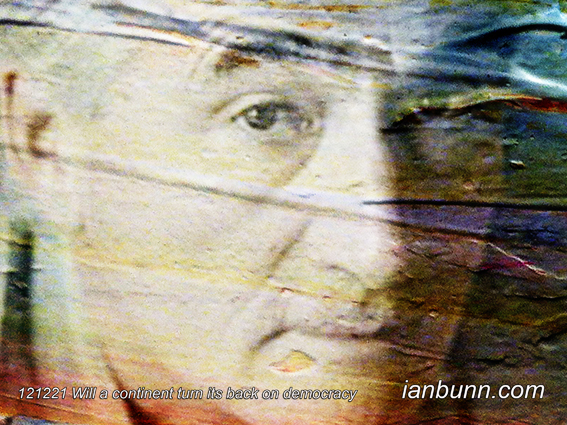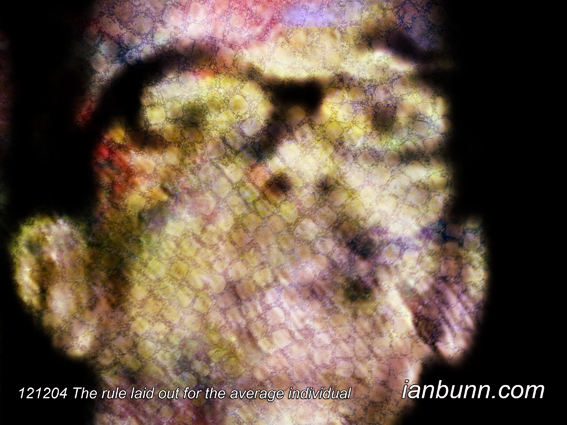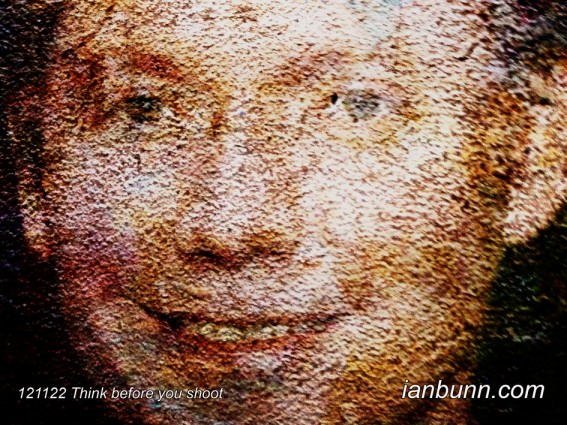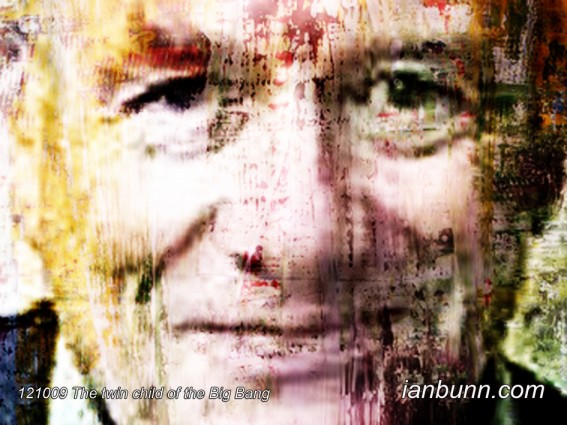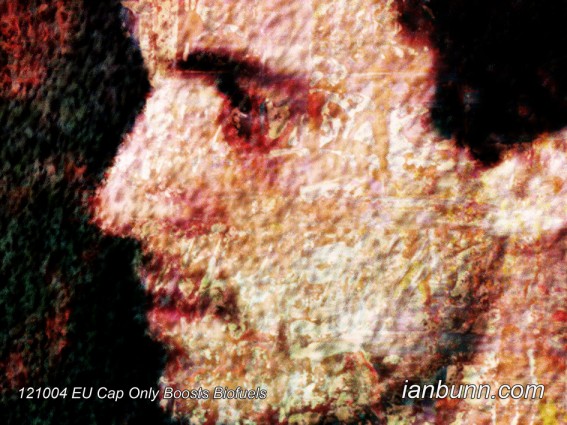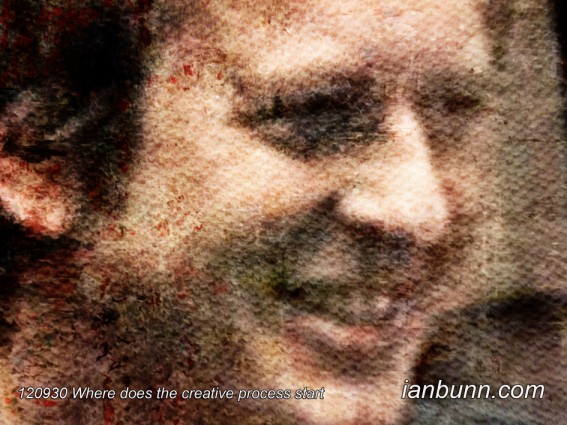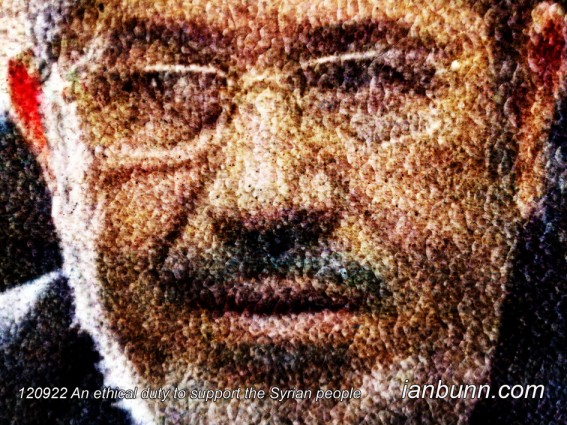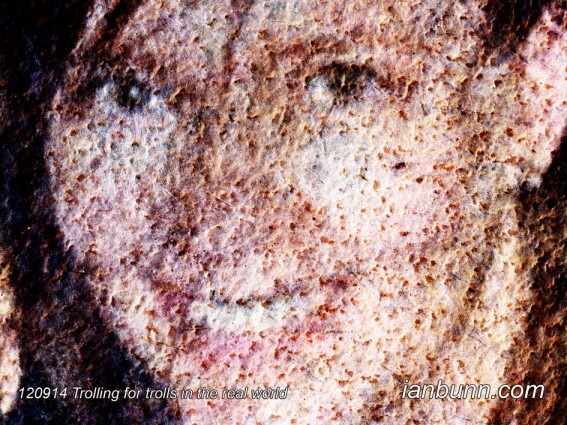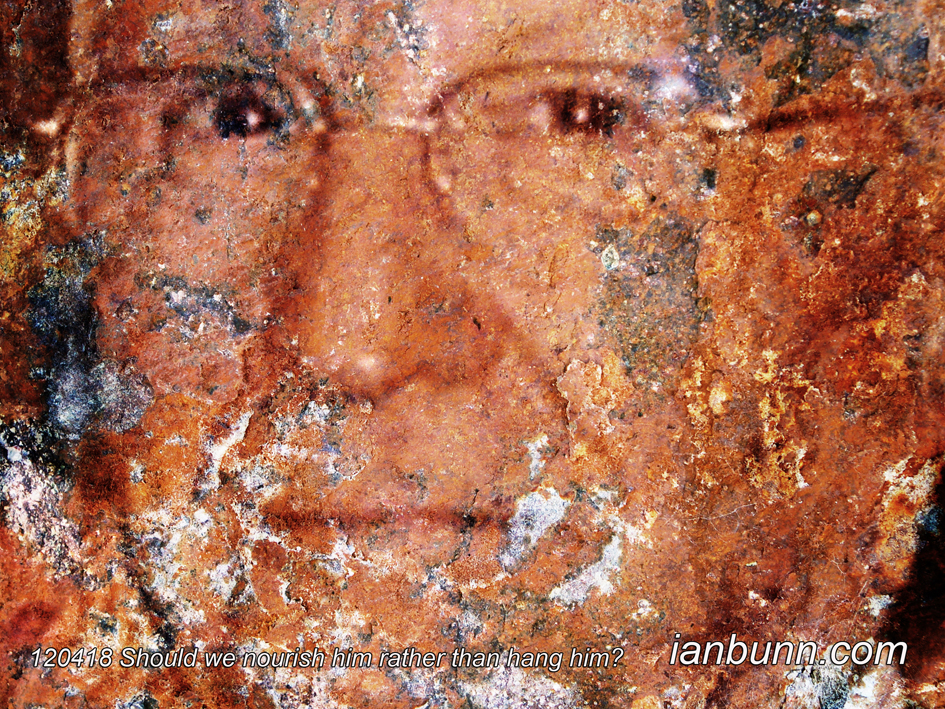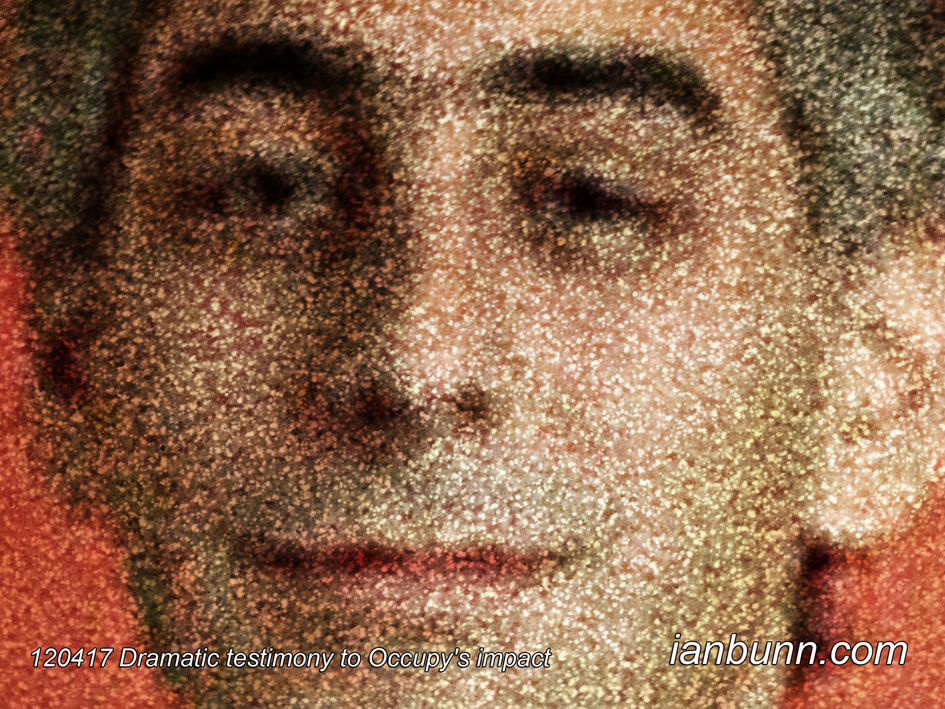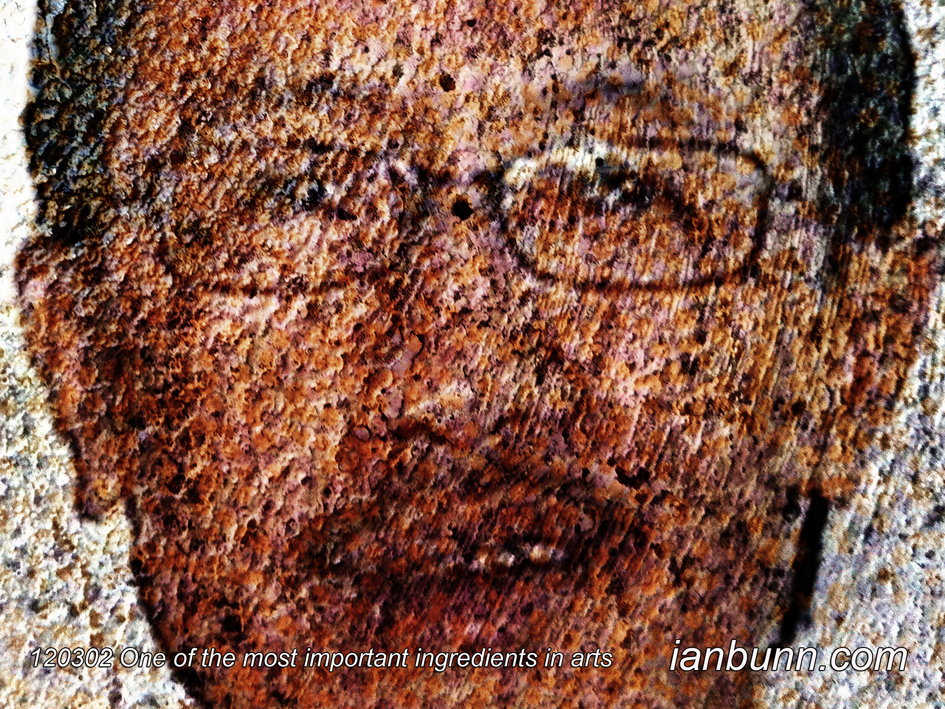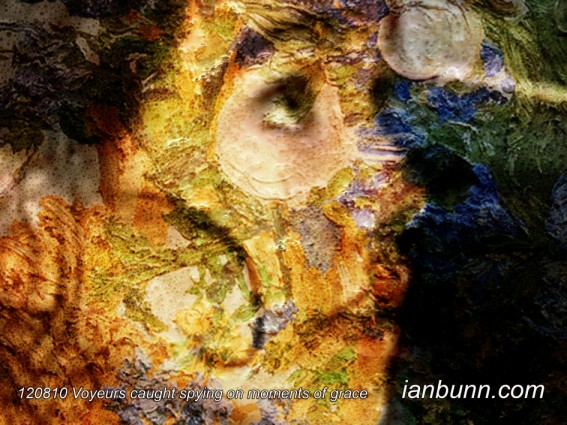 Voyeurs caught spying on moments of grace (August 10 2012)
Voyeurs caught spying on moments of grace (August 10 2012)
Rineke Dijkstra the 53 year old Dutch photographer renowned for her single portraits usually in series of work taking in groups such as adolescents, clubbers, soldiers, recent mothers, or bullfighters; has been profiled by Kyle Chayka in an article published on Artinfo. In the article Chayka states “While working as an editorial photographer on assignment, the artist got into a serious accident. Doctors warned her that if she didn’t exercise extensively she might lose the use of her legs, and so she took to swimming. One day after climbing exhausted out of the pool, she noticed that her eyes were rimmed with red, as if she had been crying. Dijkstra decided to turn that moment into a self-portrait, and the resulting image hangs on the Guggenheim’s gallery wall. …Dijkstra is seen standing against a geometric tiled wall, eyes staring straight ahead at the viewer, worn out yet ferociously self-possessed. It was then that the photographer realized the power of shooting her subjects in moments of distress or suspension, times when the wall between the individual and society comes down and the soul is bared. The strategy pays off viscerally in Dijkstra’s series of portraits of new mothers shot just after birth. The women stand in the hallways of their homes (where Dutch women often give birth) cradling their newborns, faces communicating a captivating mix of shock and bemused joy. … We, of course, are the voyeurs caught spying on their moments of grace. Yet Dijkstra’s accomplishment is that she doesn’t sexualize, idealize, or exoticize what she captures.”
Inspired by Artinfo ow.ly/cECZx image source Twitter ow.ly/cEEfe
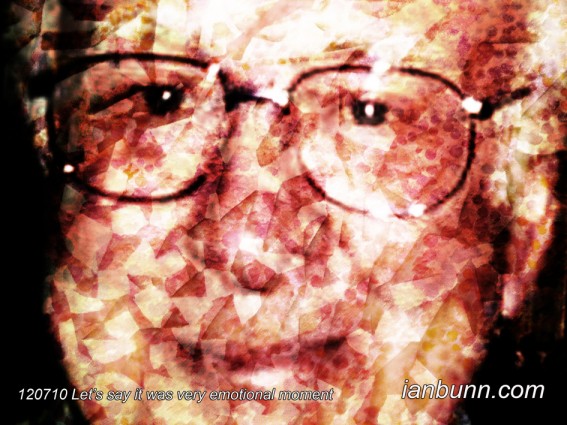
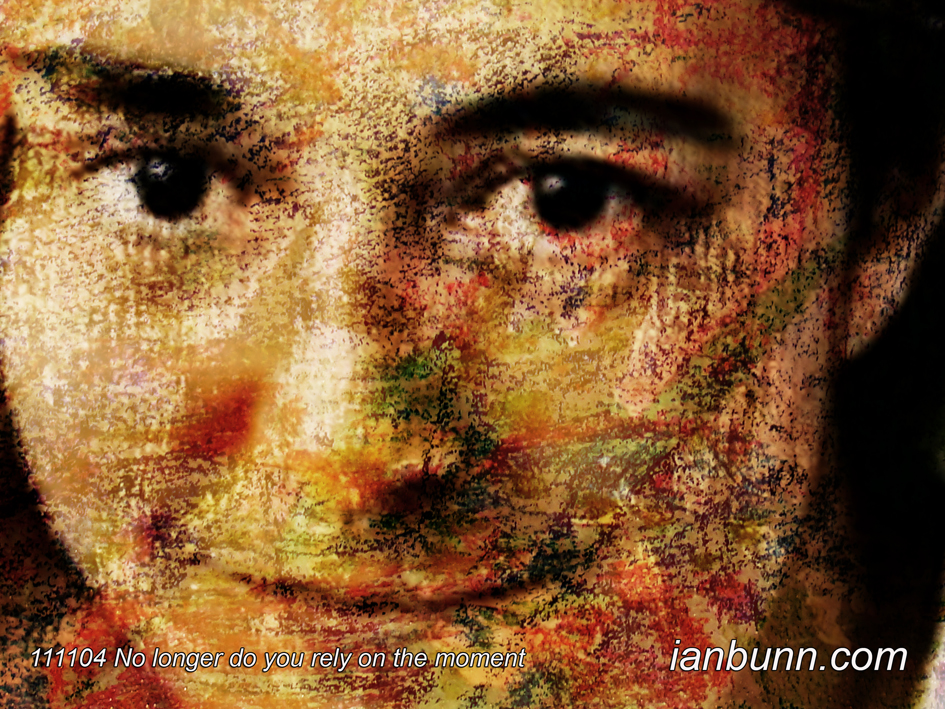
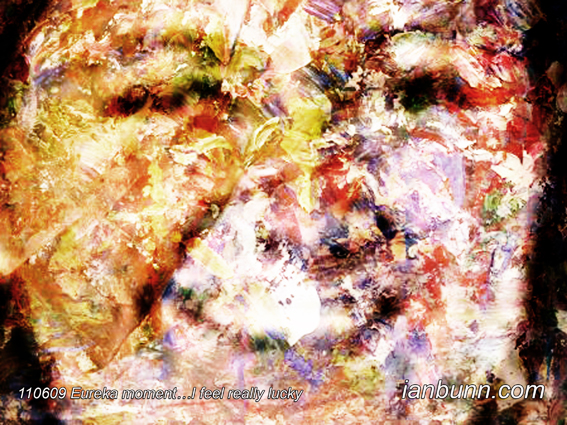
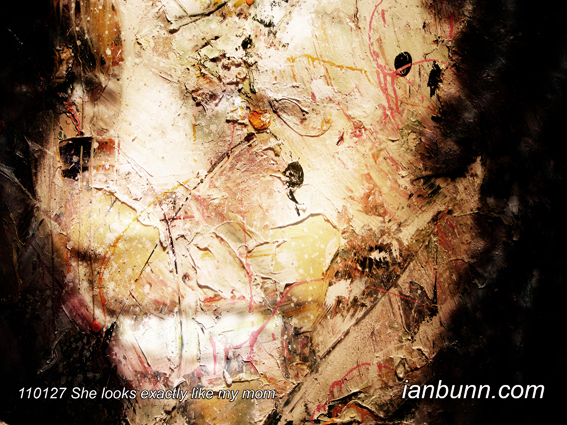
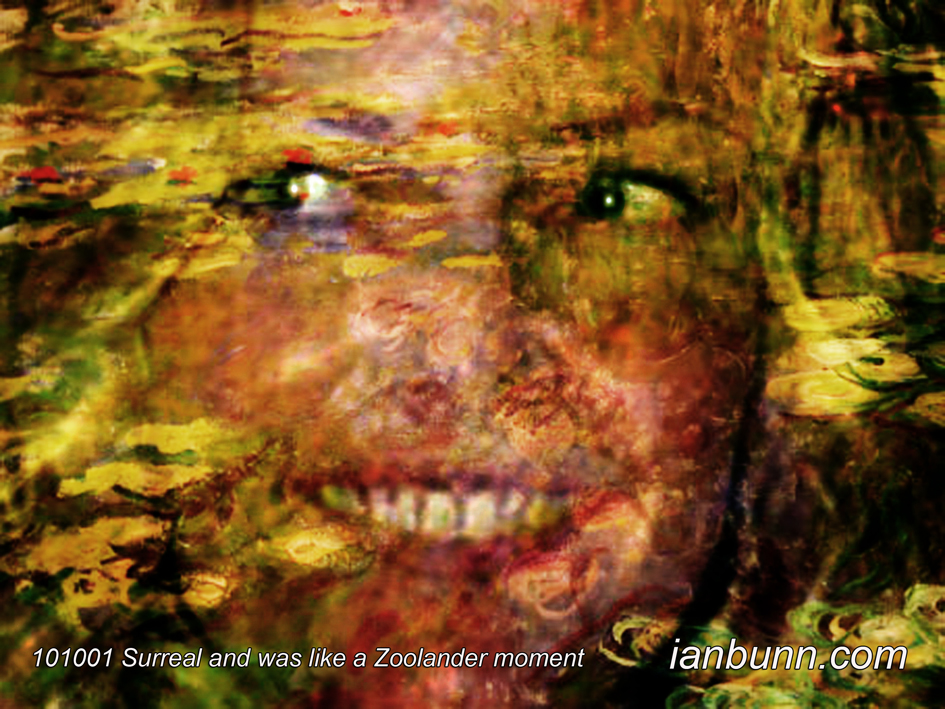
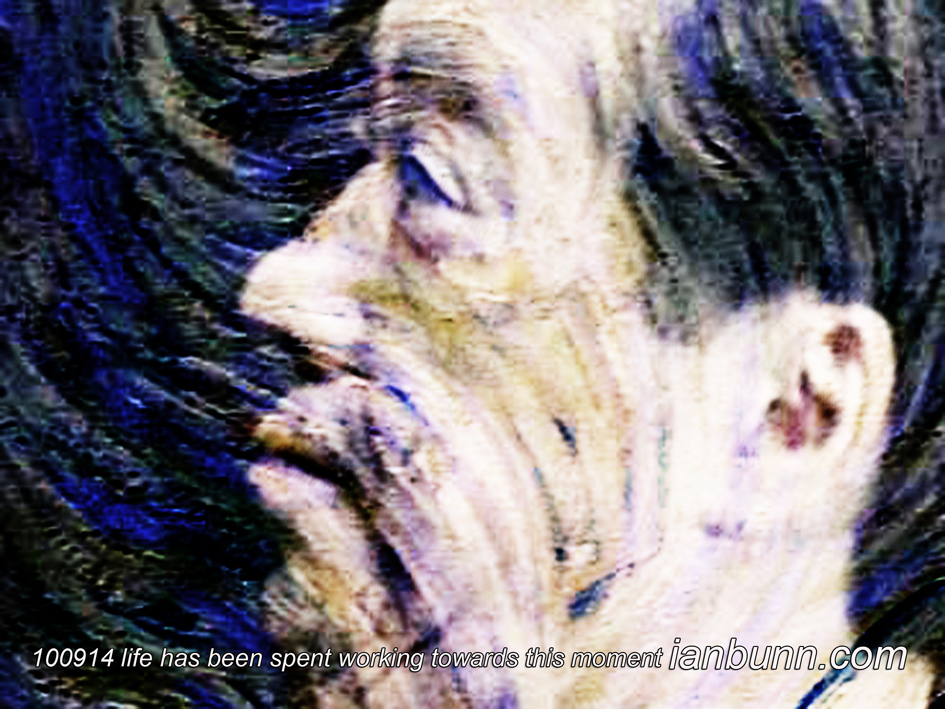
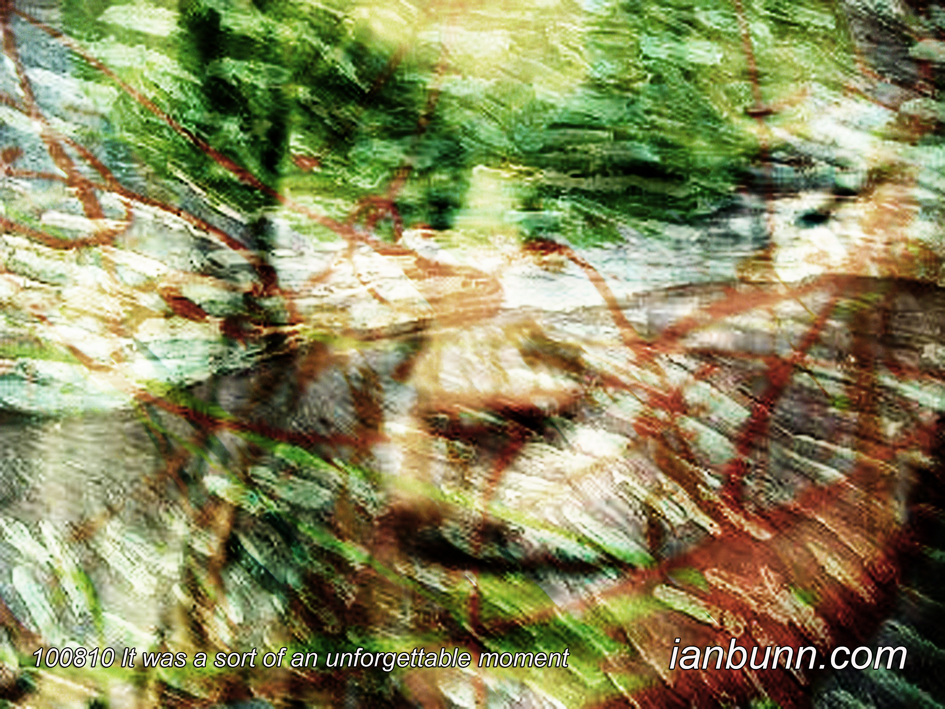
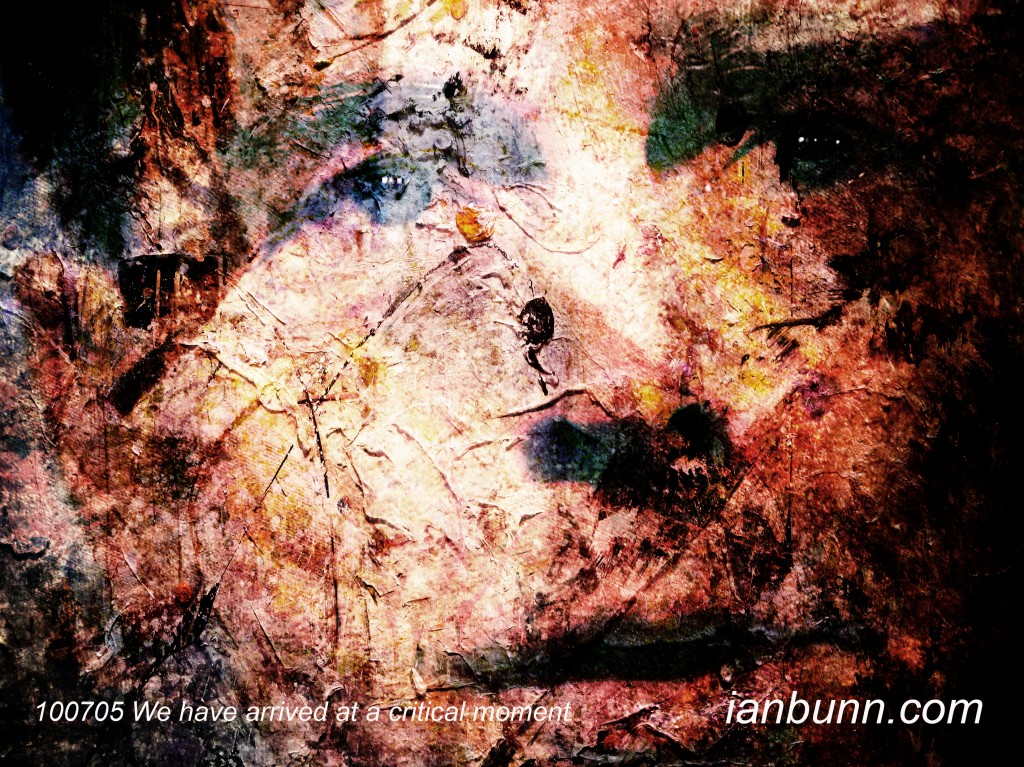
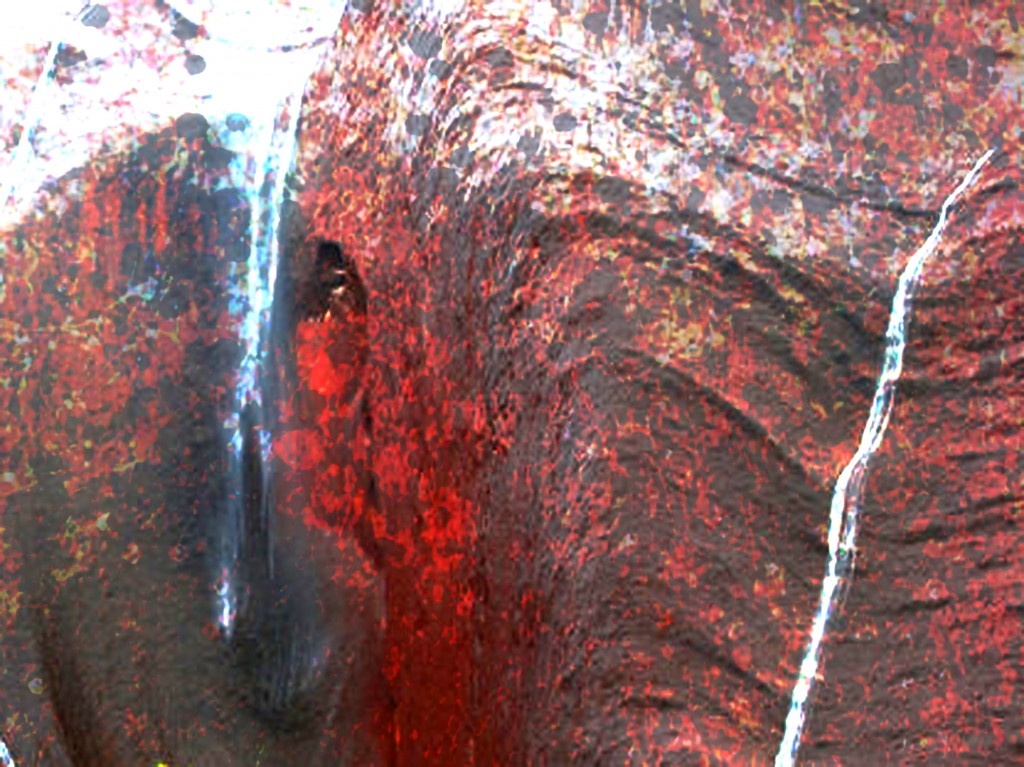
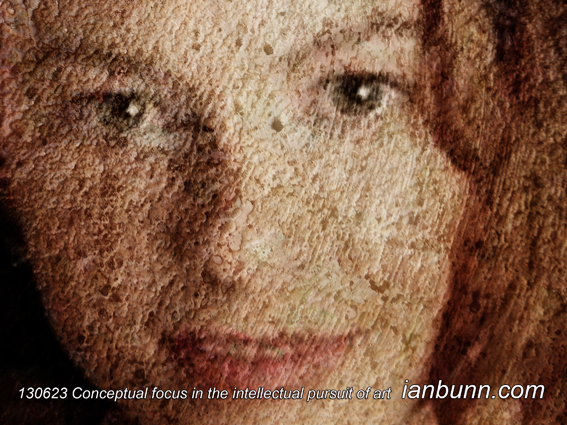
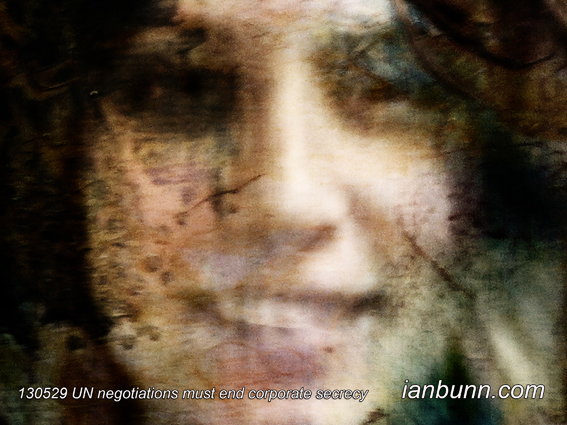
![Jeremy Scahill the 38 year old American National Security Correspondent for The Nation magazine and author of the international bestseller Blackwater: The Rise of the World’s Most Powerful Mercenary Army, has published an article in The Nation titled ‘Inside America's Dirty Wars’. Scahill states “…Abdulrahman al-Awlaki, the oldest son of Anwar al-Awlaki, was born in Denver. Like his father, he spent the first seven years of his life in the United States, attending American schools. After he moved to Yemen with his family, his grandparents—Anwar’s mother and father—played a major role in his upbringing, particularly after Anwar went underground. Anwar “always thought that it is best for Abdulrahman to be with me,” Anwar’s father, Nasser al-Awlaki, told me. Anwar believed that his wife and children “should not be involved at all in his problems.” …Abdulrahman was not his father; he loved hip-hop music and Facebook and hanging out with his friends. They would take pictures of themselves posing as rappers, and when the Yemeni revolution began, Abdulrahman wanted to be a part of it. As massive protests shook Yemen, he would spend hours hanging out in Change Square with the young, nonviolent revolutionaries, sharing his vision for the future and, at times, just goofing off with friends. …As Abdulrahman mourned [his father’s assassination], the boy’s family members in Shabwah tried to comfort him and encouraged him to get out with his cousins …and joined a group of friends outdoors to barbecue. There were a few other people doing the same nearby. It was about 9 pm when the drones pierced the night sky. Moments later, Abdulrahman was dead. So, too, were several other teenage members of his family, including Abdulrahman’s 17-year-old cousin Ahmed. …The Obama administration would fight passionately to keep answers secret, invoking the “state secrets” privilege repeatedly …The consensus that has emerged from various anonymous officials commenting on Abdulrahman’s killing was that it was a mistake.” Inspired by Jeremy Scahill, The Nation ow.ly/kuEpP Image source Terri M Venesio ow.ly/kuEoO](http://www.ianbunn.com/wp-content/uploads/2013/05/130521dcU60.jpg)
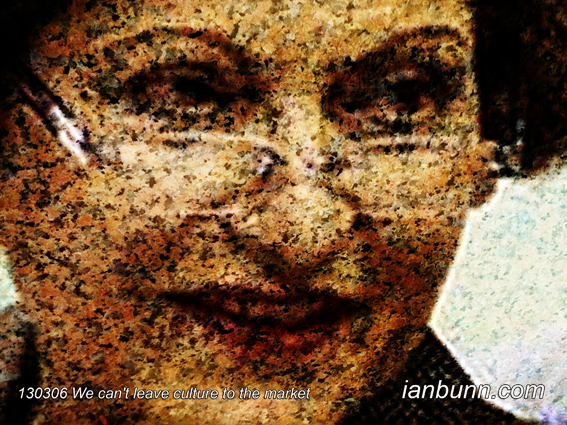
![Llyn Foulkes the 78 year old American artist creating landscape paintings that utilized the iconography of postcards, vintage landscape photography, and Route 66-inspired hazard signs, returning to his childhood interest in one-man bands and began playing solo with "The Machine," which he created. Foulkes has been interviewed by Scott Indrisek in an article published in Blouin Artinfo titled ‘Renegade Llyn Foulkes is Making a Comeback With a Major Survey at the Hammer’. Indrisek states “…Foulkes is having his second big moment. The L.A. artist and musician showed with Ferus Gallery in the 1960s and enjoyed early recognition for quirky, detailed oil paintings — an enormous cow, or rocks that sort of looked like people. He later moved on to more complicated mixed-media works, creating intricate scenes that brought together cartoon culture and self-portraiture as well as an ongoing series of grotesque bloody heads. …Foulkes had had a few recent pieces in last year’s Documenta (13) exhibition, where he also sang and performed with his complicated, self-made musical instrument, dubbed the Machine. [in the interview Foulkes states] “…Early on in the ’60s I was pretty well known, and then I gave up what I was doing and tried to go back to what I was doing before. Art changed, Minimalism and installation art and all that stuff came in, and there wasn’t that much in the art magazines about me in the ’80s. I’ve had problems from the stock market of art — let’s put it that way. I’ve always been out of the mainstream because I always talk against what’s going on in art. …I’ve always been pretty much a loner, in the sense that I didn’t really associate with that many other artists...” Inspired by Scott Indrisek, Blouin Artinfo ow.ly/hMxcu Image source Facebook ow.ly/hMxca](http://www.ianbunn.com/wp-content/uploads/2013/02/130228dcU60.jpg)
